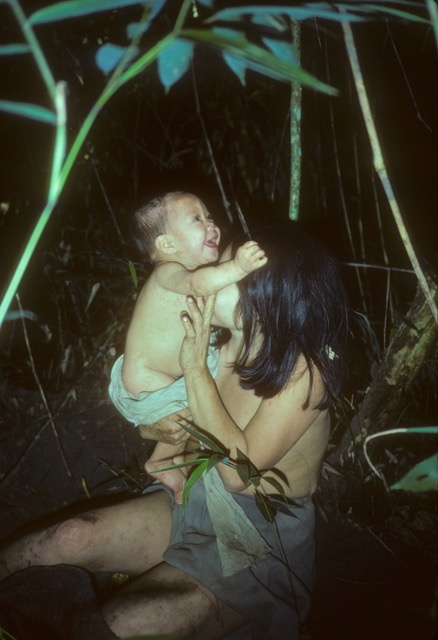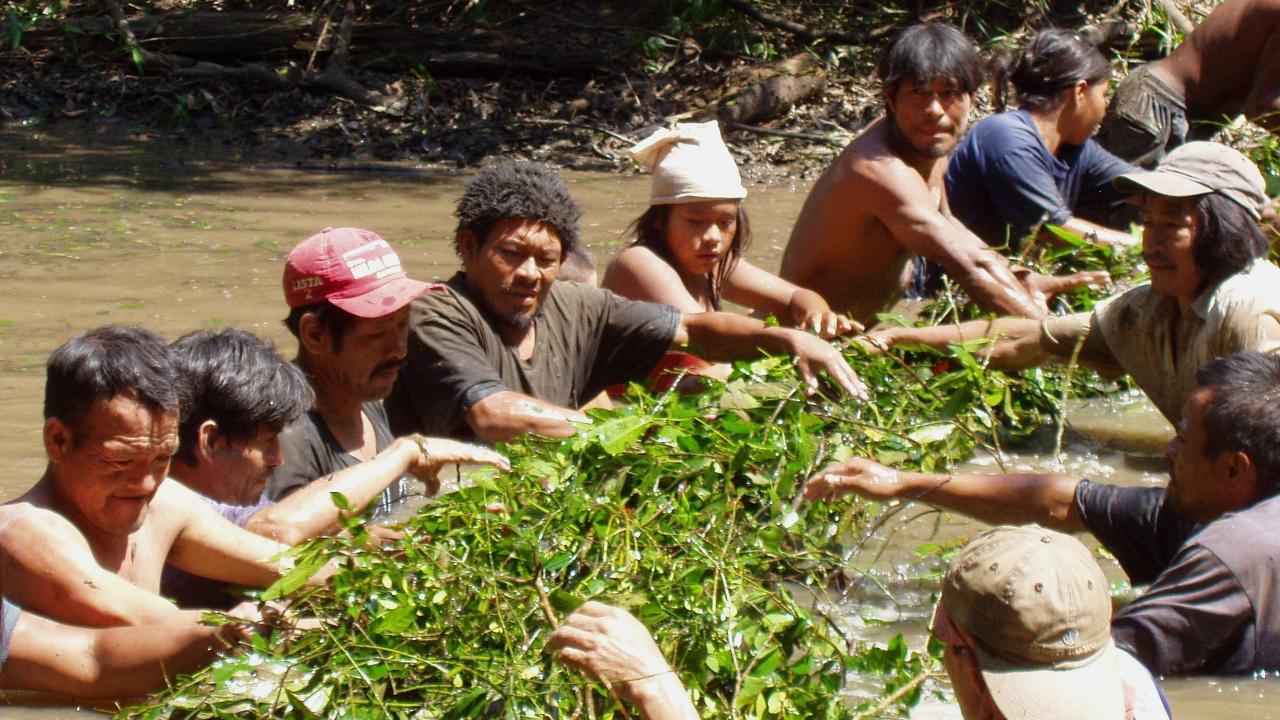Social singing and dance are often assumed to be hard-wired into the human condition; studies have supported the conclusion that these are common across cultures. But new research from a University of California, Davis, anthropologist challenges the idea that dance and lullabies are universal among humans. The study, published April 29 in Current Biology, draws on 43 years of research with the Northern Aché, an Indigenous population in Paraguay.
“Aside from church singing introduced by missionaries, Northern Aché adults sing alone and in a limited number of contexts,” said study author Manvir Singh, an assistant professor of anthropology at UC Davis. “As far as we can tell, anthropologists have never observed dancing or infant-directed song among the Northern Aché.”
The research — stemming from detailed and longstanding ethnographic fieldwork by anthropologist, Arizona State University (ASU) professor and study second author Kim Hill — helps clarify the separate roles biology and cultural transmission play in producing and sustaining dance and lullabies in human societies.
“Dance and infant-related song are widely considered universal, a view that has been supported by cross-cultural research, including my own,” said Singh. “And this conclusion, in turn, informs evolutionary theorizing about music’s origins.”
The research supports the idea that dance and lullabies are learned behaviors that don’t arise spontaneously. Individuals must invent, tweak and culturally transmit them.
An extensive ethnographic record
Between 1977 and 2020, Hill, an associate director at the Institute of Human Origins at ASU, spent more than 120 months living among Northern Aché communities. He thoroughly documented various aspects of Aché life and behavior, including their relationship to music.

Hill recorded that singing among the Northern Aché was limited and a solo pursuit, performed by one individual rather than with a group. Men, who sing more than women, sing songs primarily about hunting but sometimes sing about current events and social conflict. Women sing primarily about dead loved ones. Northern Aché children sometimes mimic adult songs.
Over this time, Hill and other researchers witnessed neither infant-directed song nor dancing among the Northern Aché community.
“It’s not that the Northern Aché don’t have any need for lullabies,” Singh said. “Aché parents still calm fussy infants. They use playful speech, funny faces, smiling and giggling. Given that lullabies have been shown to soothe infants, Aché parents would presumably find them useful.”
Singh’s previous ethnomusicological research suggested that practices like dance and lullabies were universal human behaviors. Eventually, Hill contacted Singh and his co-authors and notified them that the Northern Aché appeared to be an exception.
“I found his observations totally fascinating and hugely important and urged him to publish them,” Singh said. “He wasn’t sure how to report them, so we ended up writing the manuscript together.”
A lost practice
According to the researchers, evidence suggests that the Northern Aché lost dance and infant-related song — along with other cultural practices such as shamanism, horticulture and the ability to make fire — during periods when their population dropped significantly.

But it’s also possible that the practices were lost when the Northern Aché were settled on reservations. During that time, other traditional behaviors disappeared, including puberty ceremonies and hunting magic.
The researchers note that dance and lullabies may have been introduced to the Northern Aché in the years following the conclusion of Hill’s fieldwork in 2020, which coincided with the growing presence of Paraguayan missionaries.
The research supports the idea that infant-directed song and dance aren’t inherent human behaviors, like smiling. Rather, they’re more like fire-making, a behavior that must be invented and learned.
“This doesn’t refute the possibility that humans have genetically evolved adaptations for dancing and responding to lullabies,” Singh said. “It does mean, however, that cultural transmission matters much more for maintaining those behaviors than many researchers, including myself, have suspected.”
Media Resources
Loss of dance and infant-directed song among the Northern Aché (Current Biology)
Recordings of Northern Aché song
Media Contacts
- Manvir Singh, Anthropology, mvrsingh@ucdavis.edu
- Kim Hill, Arizona State University, kim.hill@asu.edu
- Andy Fell, UC Davis News and Media Relations, 530-304-8888, ahfell@ucdavis.edu
